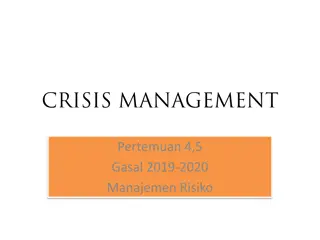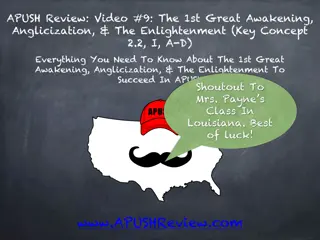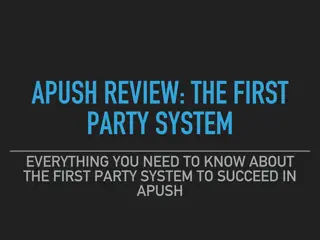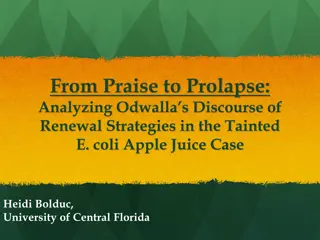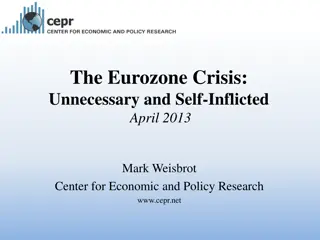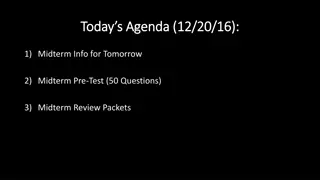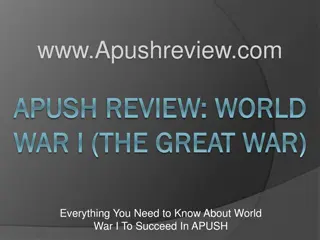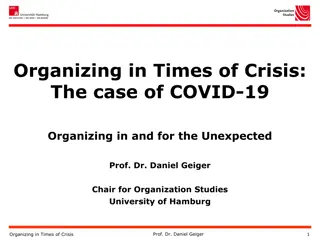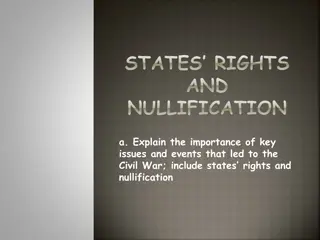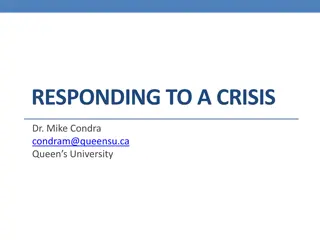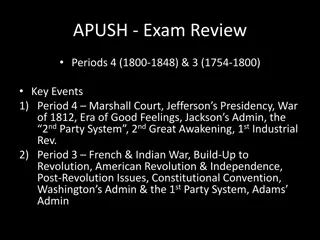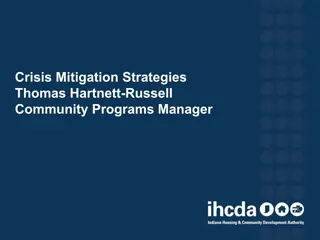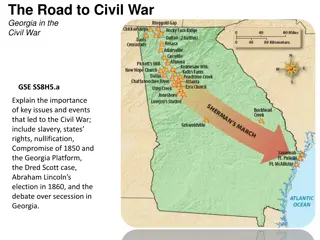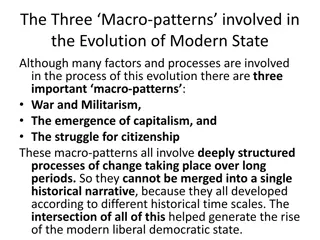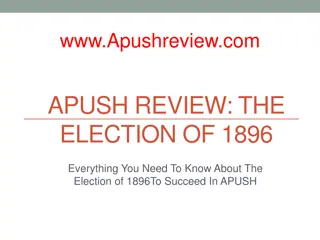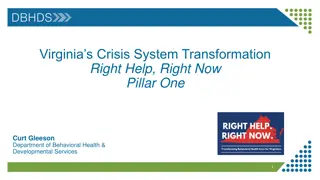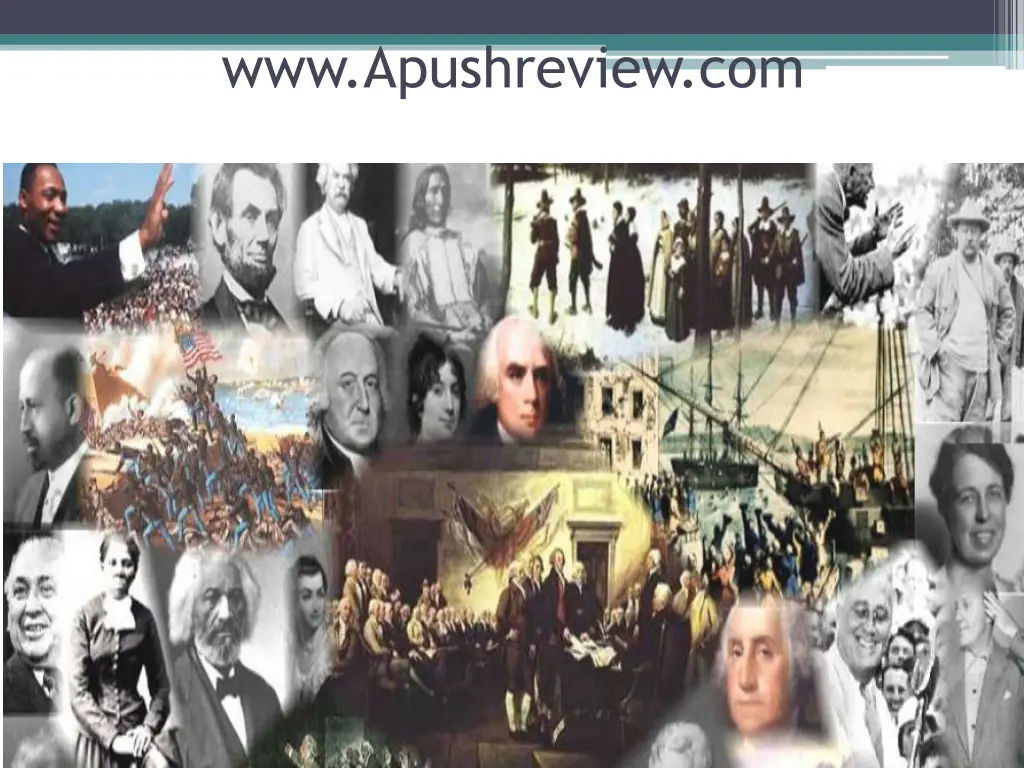
Understanding the Nullification Crisis and Tariffs of the Early 19th Century
Delve into the historical context of the Nullification Crisis and the impact of tariffs through key events such as the Tariff of 1828 (Abominations) and the debates involving figures like John C. Calhoun. Explore how compromises such as the Tariff of 1833 averted a major crisis, shaping the course of American history.
Download Presentation

Please find below an Image/Link to download the presentation.
The content on the website is provided AS IS for your information and personal use only. It may not be sold, licensed, or shared on other websites without obtaining consent from the author. If you encounter any issues during the download, it is possible that the publisher has removed the file from their server.
You are allowed to download the files provided on this website for personal or commercial use, subject to the condition that they are used lawfully. All files are the property of their respective owners.
The content on the website is provided AS IS for your information and personal use only. It may not be sold, licensed, or shared on other websites without obtaining consent from the author.
E N D
Presentation Transcript
Download a video guide for this and other videos at www.apushreview.com APUSH Review: The Nullification Crisis Everything You Need to Know About The Nullification Crisis To Succeed In APUSH Calhoun. When I was close to death, I was asked if I had left anything undone. Yes, I didn t shoot Henry Clay, and I didn t hang John C.
Tariffs: A Brief Review What is a tariff? Tax on foreign goods Raises the price of foreign made products In theory, this will benefit American industries as foreign products now cost more Who would favor tariffs? The North - industry Who would be against tariffs? South (and West) little industry, consumers
Tariff of 1828 (Abominations) Passed in 1828 in hopes to hurt President Adams Raised tariff rates significantly Favored Northern industries, hurt Southerners Southerners received no tariff protection for their goods
John C. Calhoun Who was he? Part of Great Triumvirate VP under Adams and Jackson Senator from SC The South Carolina Exposition Written anonymously by Calhoun Drew inspiration from VA and KY Resolutions Encouraged states to nullify the Tariff of Abominations Webster-Hayne Debate (1830): Daniel Webster supported the union and was critical of cries of secession
Tariff of 1832 Lowered rates from the Tariff of Abominations However, the South felt they were still too high SC calls a state convention Officially nullified the Tariff of 1832 SC also threatened secession if DC collected tariffs by force
A Hero Is Needed. The Great Compromiser s 2nd Compromise Compromise Tariff of 1833 Over the next 8 years, the tariff rates would fall by 10% per year South favored Force Bill: Passed the same day as Tariff of 1833 The President could use the military to collect tariffs if necessary Both Jackson and Calhoun saved face The crisis is averted
Thanks for watching! Subscribe to my channel Help spread the word Questions? Comments? Ideas for videos? Leave in comments I still have one more major compromise left ..

